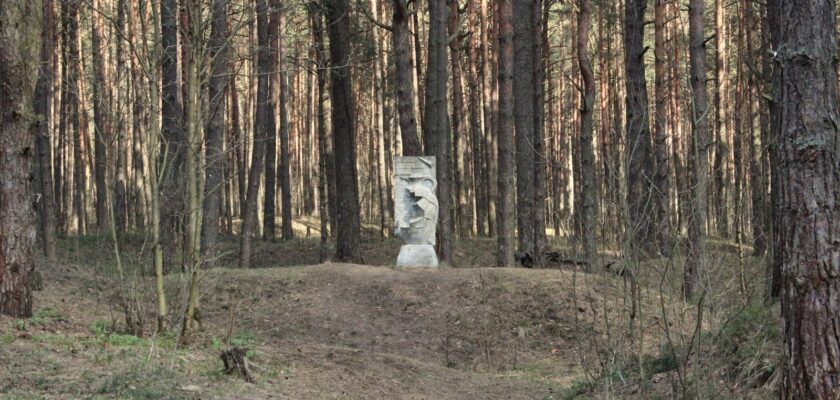Gnözdov Archaeological Complex
Gnözdov barrows is an archaeological complex of ancient burial mounds and settlements, located in the Smolensk region and having the status of a cultural and historical monument of federal significance. It is the largest archaeological complex belonging to the period of Ancient Rus, its area is 207.4 hectares. Today, 1500 burial grounds and a large settlement have been excavated in Gnözdovo.
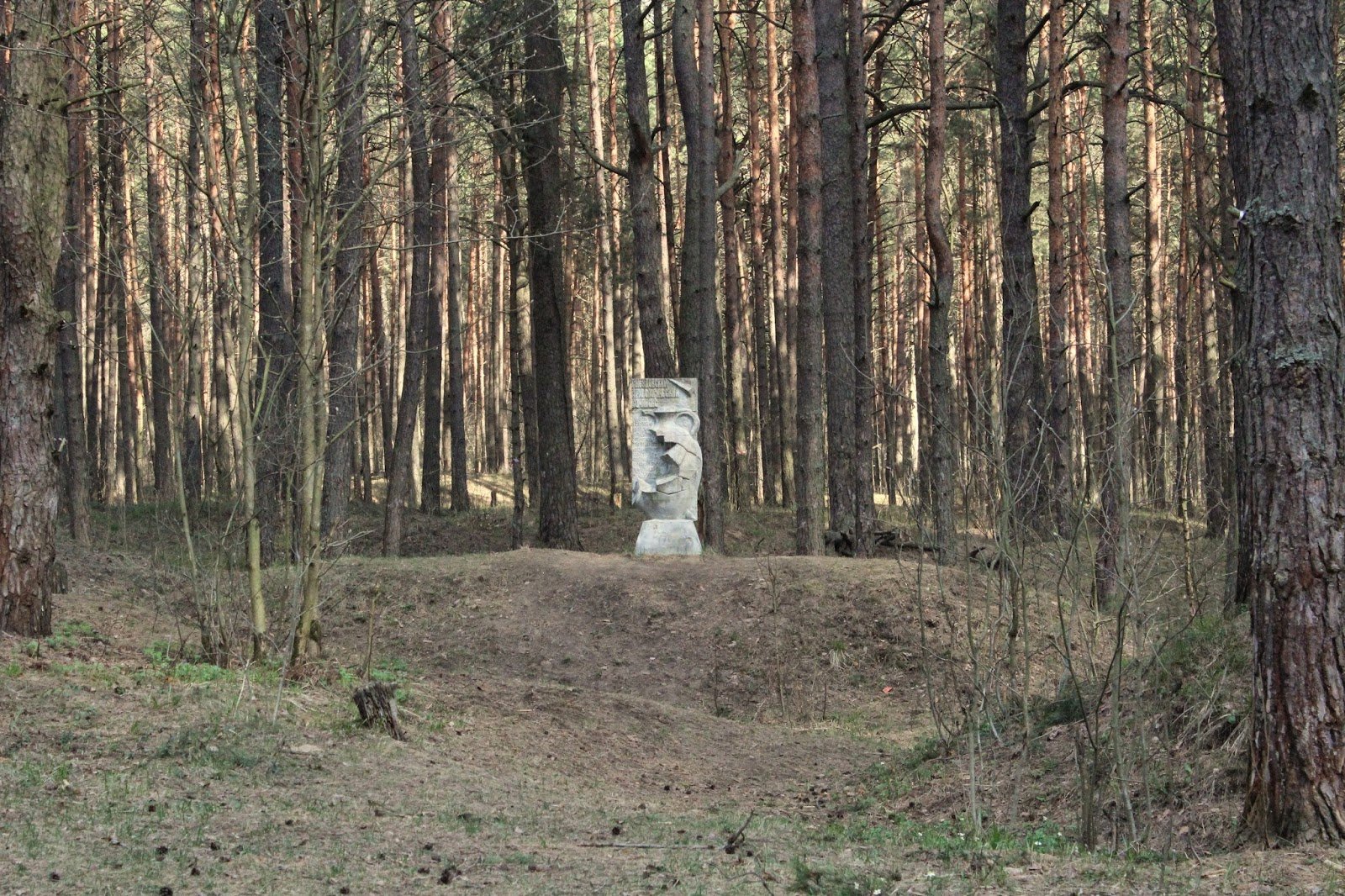
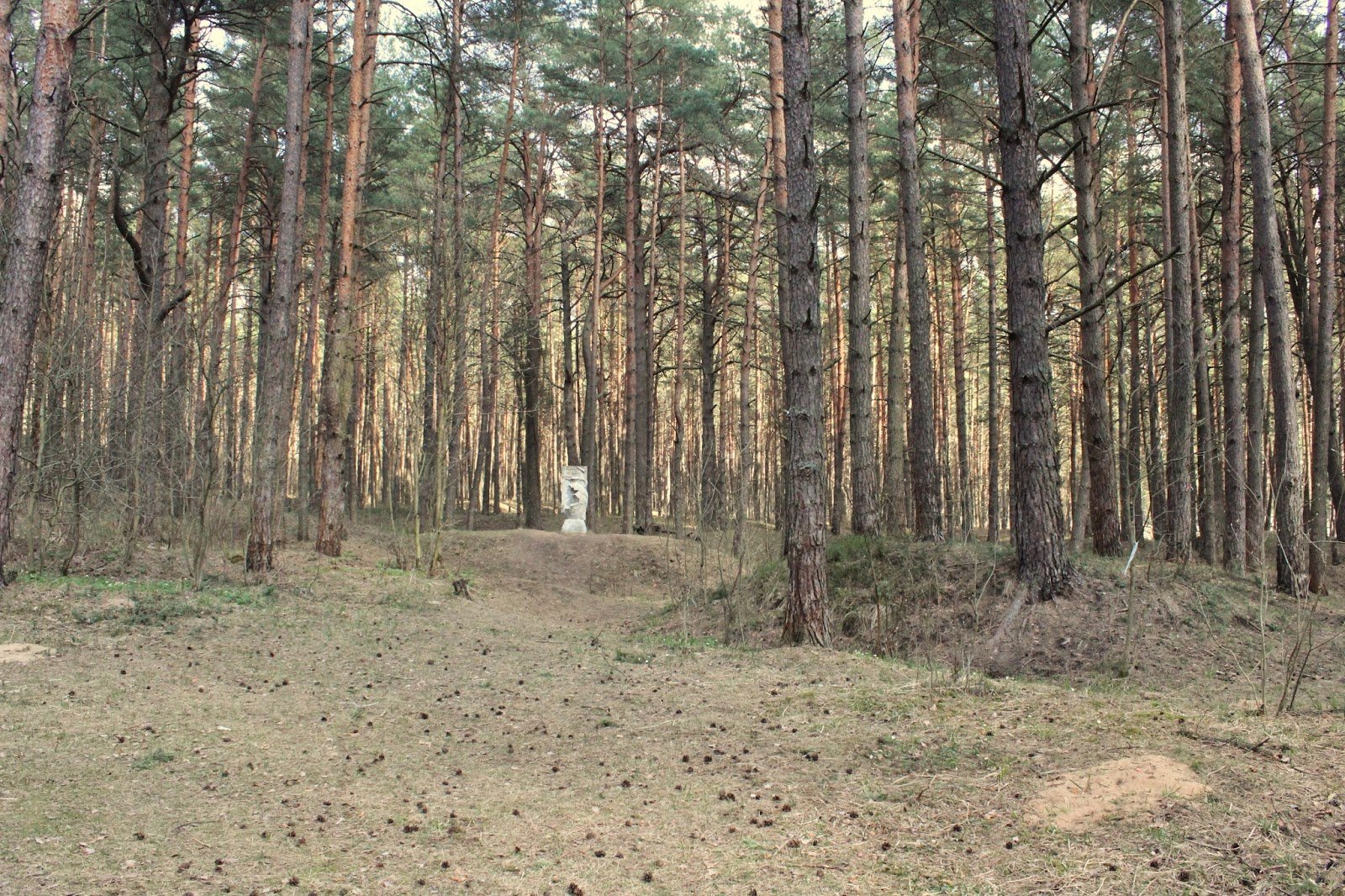
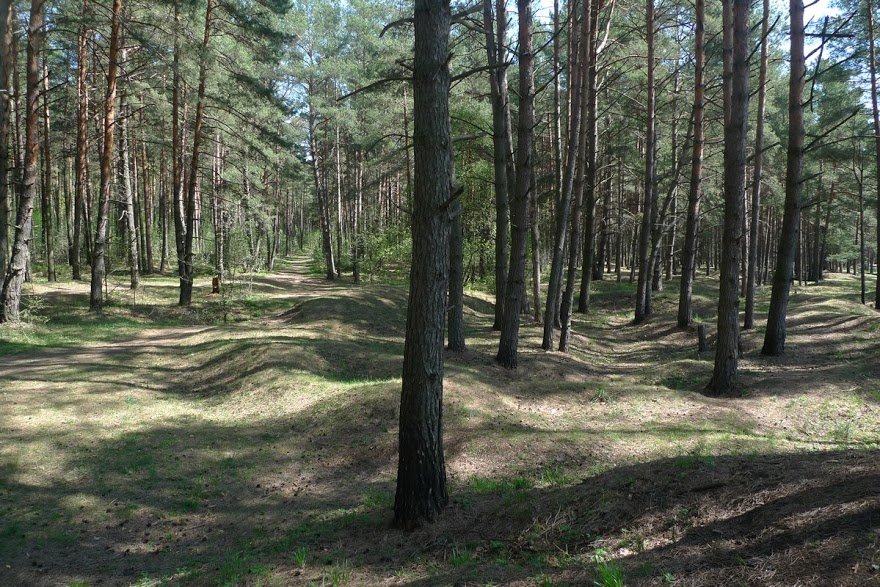
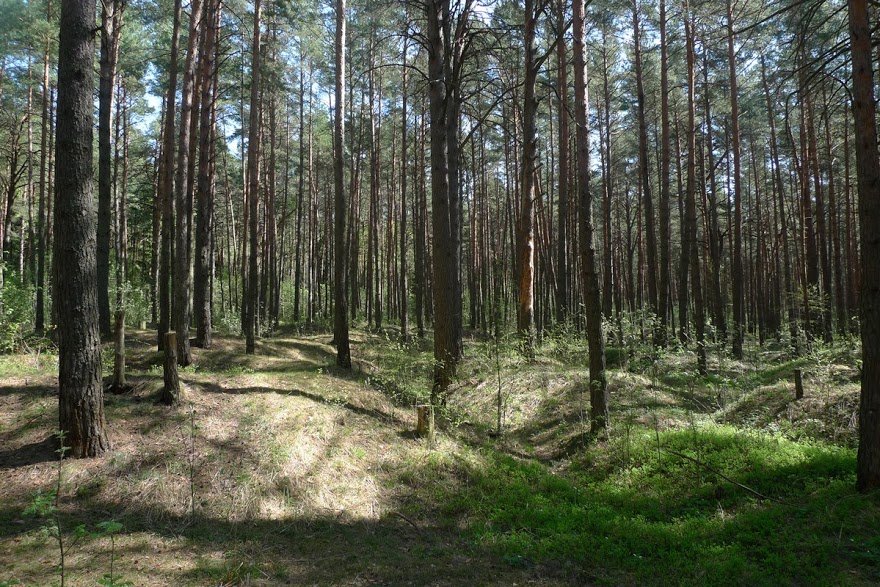
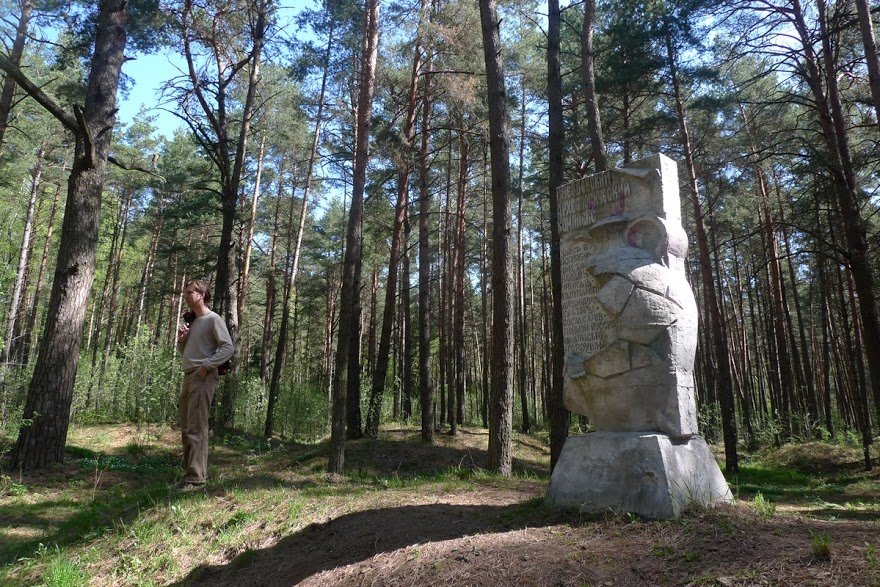

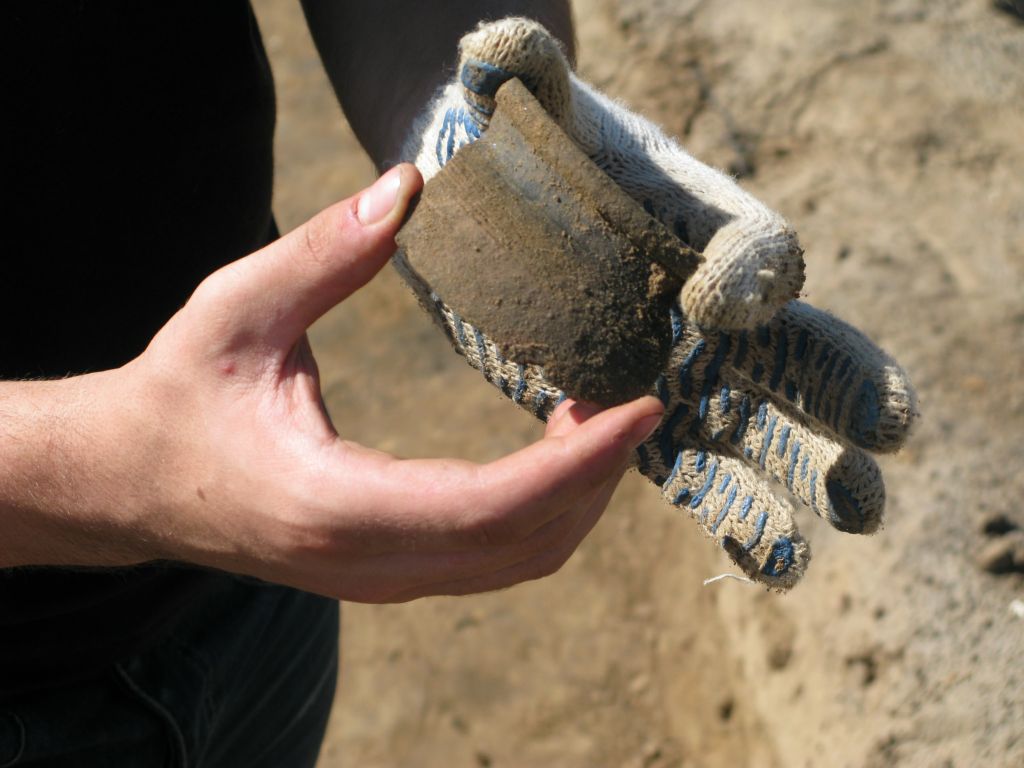
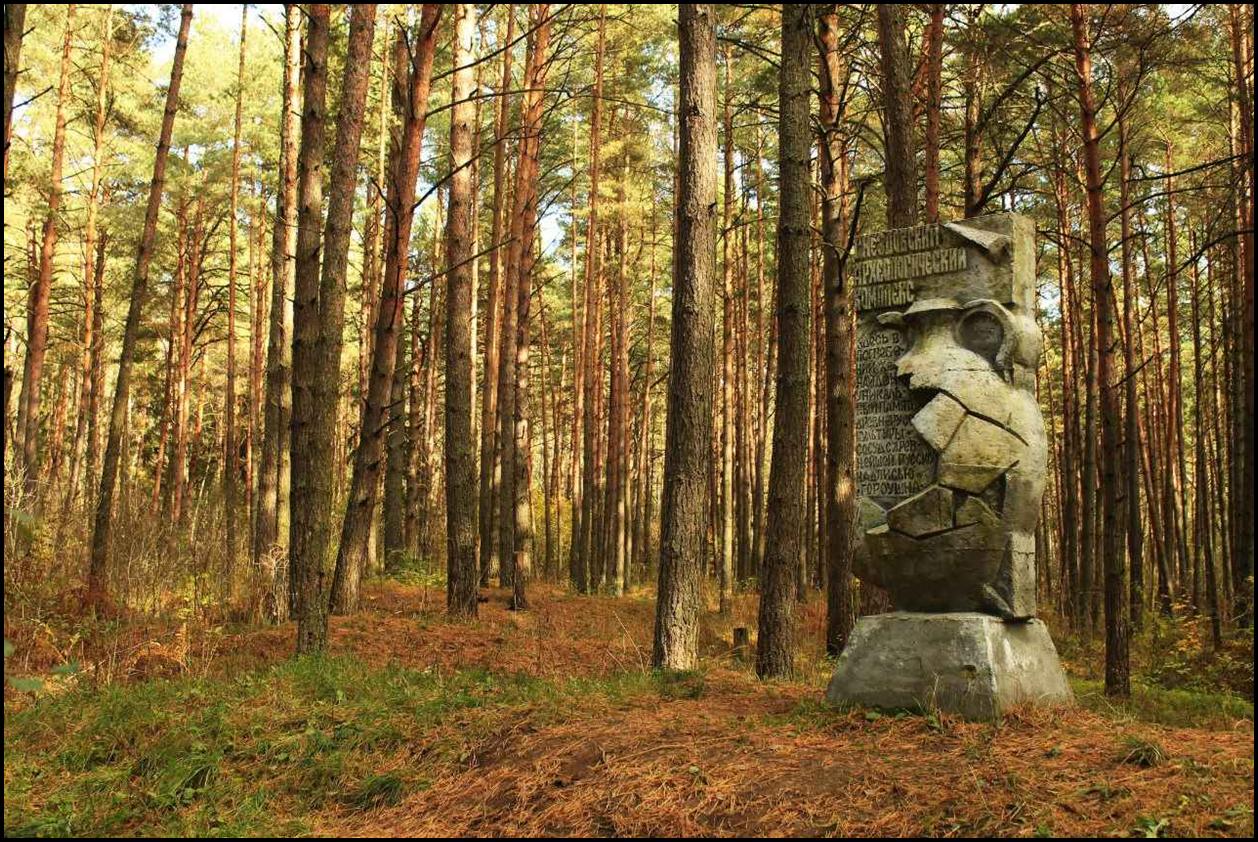
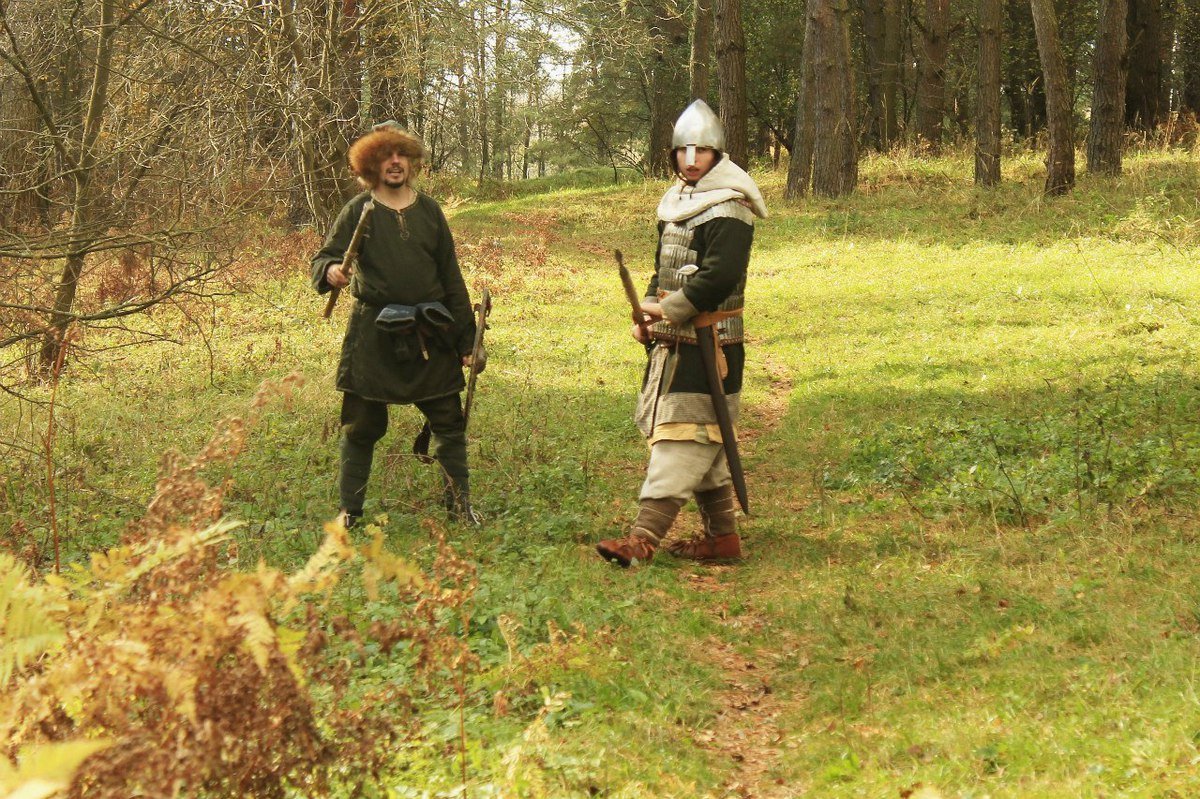
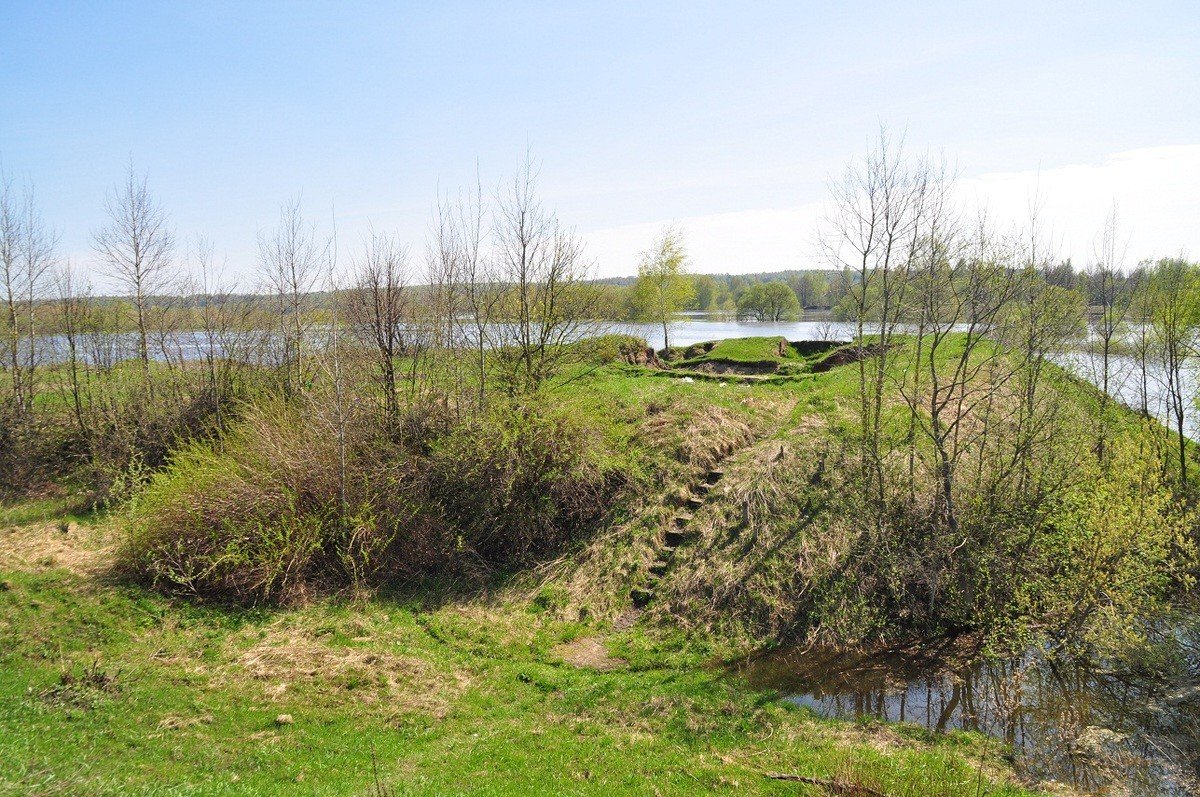
Video: Gnözdovo burial mounds
Highlights
People began to live on these lands since the 9th century. The beautiful shore of the Dnieper River attracted them for fishing and hunting, and fertile soils allowed them to engage in farming. By the beginning of the X century, a whole city was formed here, which lay on the trade route “from the Varangians to the Greeks”. Local residents were active in trade and engaged in crafts.
.
Scientists believe that the population of the ancient settlement consisted of representatives of different ethnic groups. In its center was a fortified part or hill fort, and next to it there was a settlement and burial mounds. In Gnözdov barrows were buried rich warriors and ordinary inhabitants. Warrior armor, Scandinavian amulets, household utensils, jewelry, Byzantine and Arabic coins, ancient scissors, clasps and razors were found in pagan burial mounds. In those days, the dead were cremated and then the urn with the ashes was buried in the ground. In graves with warriors their weapons were placed, and in mounds with ordinary inhabitants – household items.
.
Today for tourists on the archaeological complex conduct thematic excursions. The cost of the excursion for a group of up to 15 people – 1100 rubles, and more than 15 people – 1500 rubles.
.
History of discovery and excavations
Gnözdov barrows were discovered quite by accident. In 1867 in this area began to lay the Orlovsko-Vitebsk railroad, and during excavation work, the builders found a treasure trove of Arab coins and ancient silver jewelry. The valuable find was documented and transferred to the Hermitage for storage.
.
Three years later, workers dug up two more treasures on the riverbank. In 1874, specialists from the Moscow Archaeological Society conducted a large-scale survey here and excavated 14 burial mounds with many ancient artifacts. In the 1880s archaeological excavations were carried out by the most famous archaeologists of Russia, and they were led by the scientific secretary of the Russian Historical Museum V.I. Sizov. Specialists uncovered about 500 Gnözdov barrows and drew up a detailed plan of the area. Sizov later wrote a book about the ancient burial mounds of the Smolensk region.
.
How to get there
Gnözdovskie kurgans are located 12 km west of Smolensk, near the village of Gnözdovo. From the bus stop “Ploshchad Zhelyabin” in Smolensk, you need to take bus number 12 or route number 30 and get to the stop “Glushchenki settlement”. Then you need to walk a little backwards along the way and turn right near the sculptural composition “Gnözdovskie kurgany”.
.